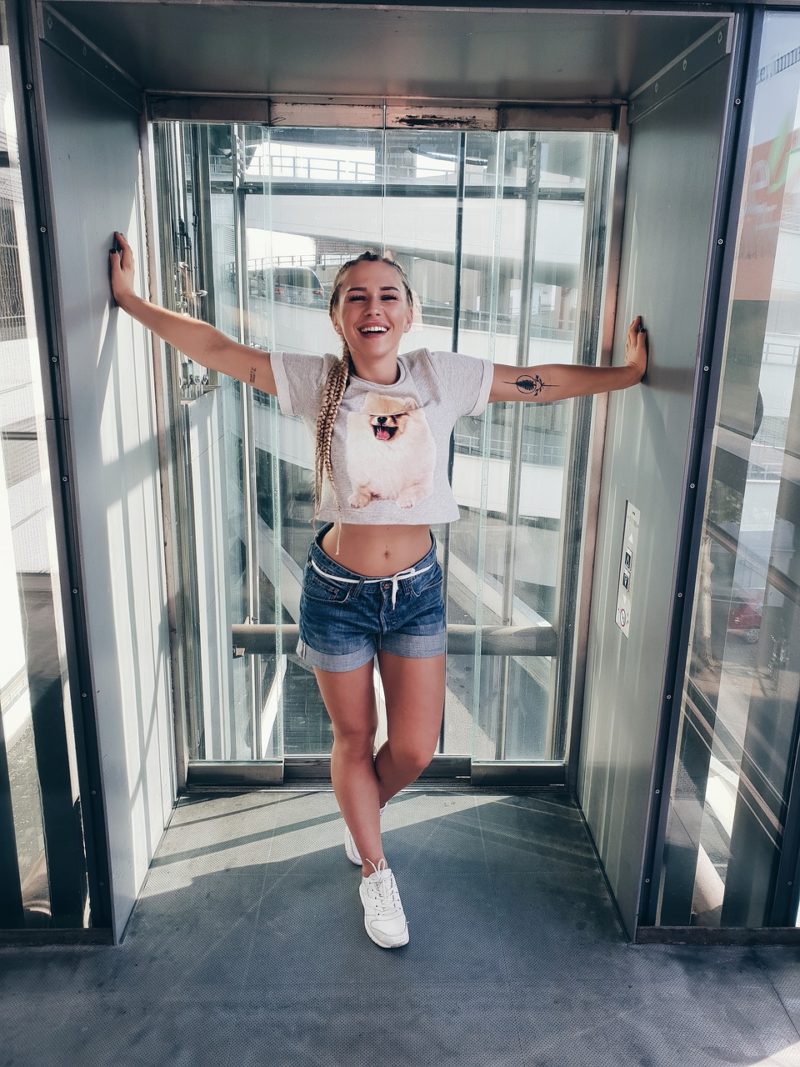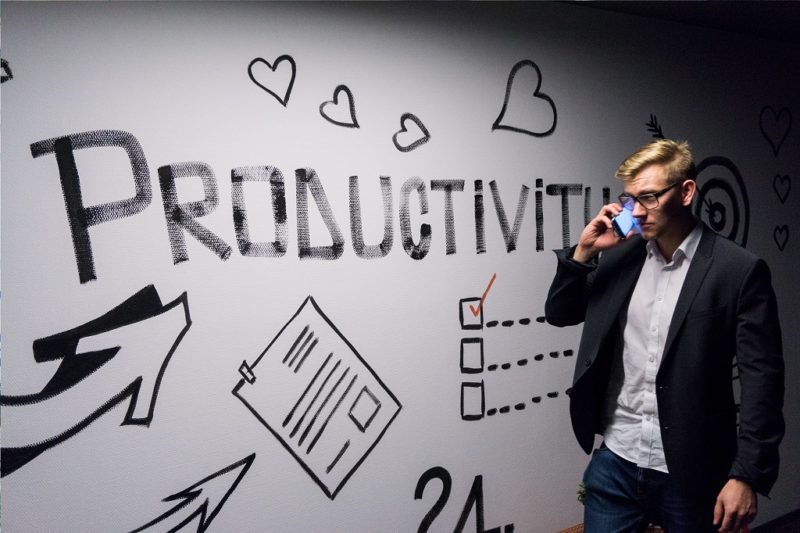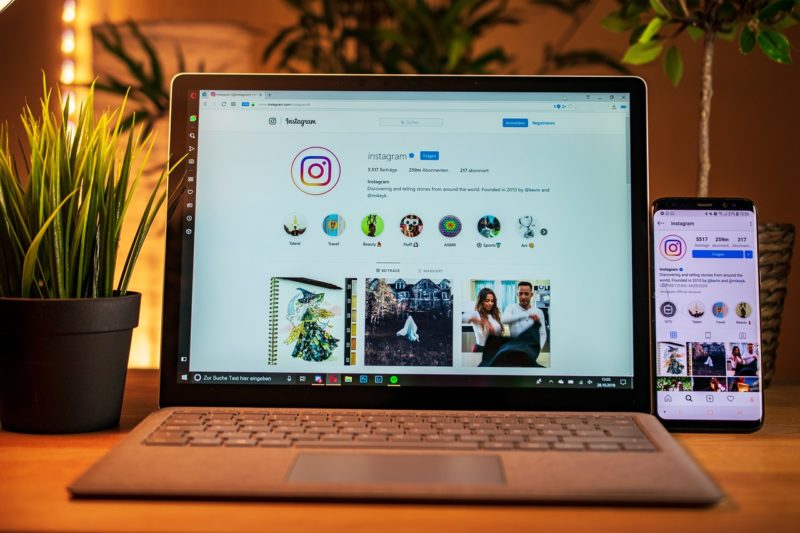Influencers: Are They Friends or Foes?
Approximately ten years ago, the fashion industry belonged exclusively to creative brand directors, authoritative editors, and celebrities. At about the same time, an Italian student, Chiara Ferrani, started her own blog, and on the “E!” channel was launched the first episode of the show “Keeping Up with the Kardashians”. The aforementioned editors do not take them seriously, and fashion brands refuse to invite them to their shows. However, 10 years later, Chiara Ferrani is no longer called a blogger, and Kim is no longer just a TV star. Now these girls, and along with them, other representatives of the new media generation have become influencers – modern agents of influence.
How to identify an influencer?
So, isn’t “influencer” just another name for a celebrity? Yes and no. Because our online lives have opened us up to connect with more people who share our interests than ever before, we can also follow along with others’ lives in a new way.
Gone are the days of limiting the term “celebrity” to only popular musicians, actors, or writers. Now, as smaller niche audiences gather across all media channels and turn to people they idolize in their own field or industry, the term influencer has broadened.
A survey from Nielsen showed only 33% of consumers trust advertisements, while 90% put their faith in peer recommendations, which is why influencer marketing is definitely something worth paying attention to.
Influencers affect brand sales, the distribution of trends, and consequently, all of us. Sometimes, when you see a new model of sneakers for the first time, it may seem too massive to you, and you think that you will never wear such shoes. But, once again, scrolling through the Instagram influencer pages, you notice that these sneakers are good for both jeans and a flower print dress, and, in the end, they are worn by Bella Hadid, which means you should take them. This is a simple and ubiquitous example of the influence of modern influencers, the win-win model. For example, Balenciaga gets sales, Bella gets your like, and you get your inspiration and the desire to experiment with fashionable novelties, which ultimately helps to find your style.
With the development of Instagram, changes come in all areas of the fashion industry, for example, in modeling. Now the model has more chances to get a job, depending on the number of her subscribers on Instagram. Often, model agents specifically create girls with a particular digital image — positive, sexy, or weird. Moreover, the brand pays attention not only to the girl herself but also to the audience that she gathered in her profile.
However, in order to rank yourself as an influencer, you do not have to be Kendall, Kara or Gigi. Recently, marketers are increasingly talking about micro influencers – Instagram users with less than 20,000 subscribers and audience involvement of more than 3%. Even if you’re an entrepreneur for a small business or feel like your industry doesn’t have famous thought leaders, it’s definitely worth the extra research and effort to explore. And regardless of your partnership status with influencers, trustworthiness and authenticity should be the focus of your marketing strategy, regardless of brand, industry, or platform.













